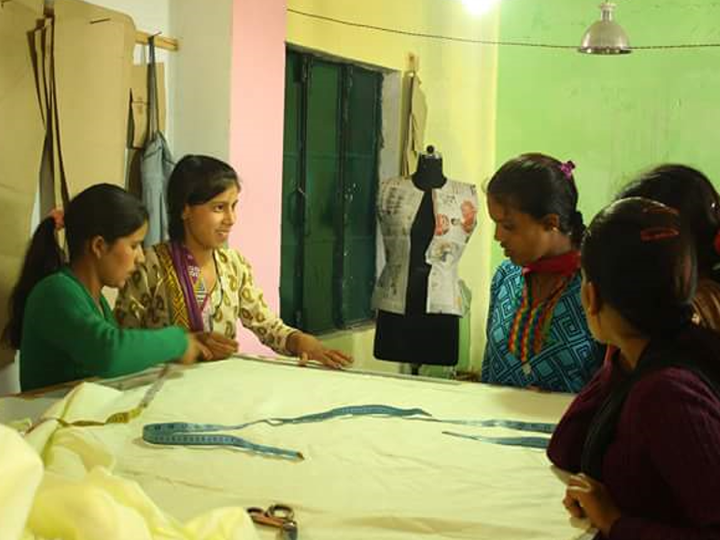The Environmental Benefits of Hemp Fabric

Hemp is a sustainable crop that is fast becoming a popular choice for the fashion industry. Not only is it versatile, durable and comfortable, but it also offers a number of environmental benefits that make it a more sustainable choice than traditional fabrics such as cotton and polyester. In this blog post, we'll explore how hemp is a sustainable crop that requires less water and pesticides than other crops, and how it can be used to make clothing that is more eco-friendly than traditional fabrics.
Why is hemp fabric environmentally friendly?
First, let's take a look at the environmental impact of growing hemp. Hemp is a hardy crop that is known for its ability to grow in a variety of conditions, from dry and arid to wet and humid. It is also a very fast-growing crop, with some varieties able to reach maturity in as little as 100 days. This means that farmers can grow multiple crops in a single growing season, which helps to reduce the overall environmental impact of growing hemp.

Another advantage of hemp is that it requires very little water to grow. In fact, hemp can be grown in areas that are prone to drought and water shortages, making it a suitable crop for regions that are facing water scarcity. This is in contrast to traditional crops such as cotton, which requires a significant amount of water to grow. By using less water, hemp helps to conserve this vital resource and reduce the environmental impact of growing crops.
Hemp as a sustainable crop
Hemp is also a low-impact crop when it comes to the use of pesticides and fertilizers. Unlike traditional crops such as cotton, hemp is naturally resistant to pests and diseases, which means that farmers do not need to use as many pesticides and fertilizers to protect the crop. This helps to reduce the environmental impact of growing hemp and makes it a more sustainable choice than traditional crops.
Hemp fabric in clothing production
Once the hemp is grown and harvested, it can be used to make a wide range of products, including clothing, accessories, and home goods. One of the key benefits of using hemp to make clothing is that it is incredibly durable and long-lasting. This is because hemp fibers are strong and resistant to abrasion, which means that clothes made from hemp will last longer and require less frequent replacement. This helps to reduce the environmental impact of the fashion industry, as it leads to less waste and a reduction in the number of clothes that need to be produced.

Another benefit of using hemp to make clothing is that it is a natural and biodegradable material. Unlike synthetic fabrics such as polyester, which can take hundreds of years to break down, hemp fibers will biodegrade over time. This means that clothes made from hemp are less likely to contribute to pollution and waste in the environment.
In addition to its environmental benefits, hemp is also a more ethical choice than traditional fabrics. Many cotton farms rely on the use of child labor and exploitation of workers, while hemp is often grown using sustainable and fair labor practices. By choosing hemp clothing, you can support farmers who are committed to sustainable and ethical practices, and contribute to a more just and equitable fashion industry.
Conclusion
In conclusion, hemp is a sustainable crop that offers a number of environmental benefits, including low water and pesticide use, and it is also a more durable, natural and biodegradable material that is also less likely to contribute to pollution and waste in the environment. Additionally, it's also a more ethical choice than traditional fabrics and support sustainable and fair labor practices. By choosing hemp clothing, you can support farmers who are committed to sustainable and ethical practices, and contribute to a more just and equitable fashion industry. As more and more consumers become conscious of the impact their choices have on the environment, we believe that the popularity of hemp clothing will continue to grow. And we hope that this blog post has helped

Leave a Comment